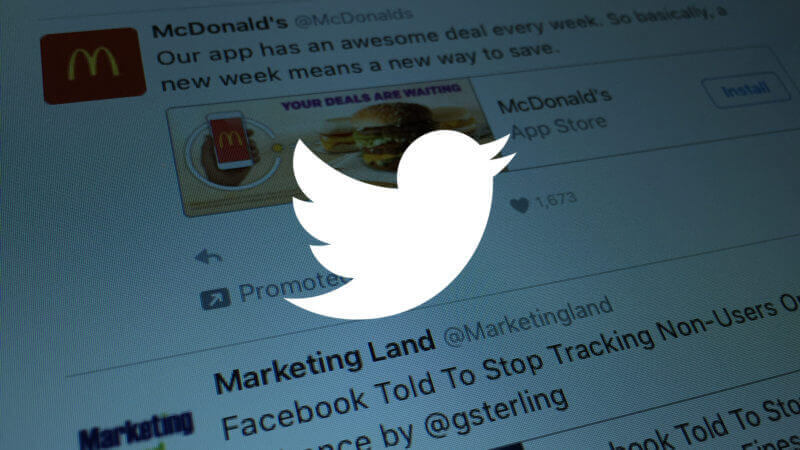
Twitter’s rolling out a way for advertisers to use video to get people to visit their websites.
On Tuesday, the company unveiled the Video Website Card, a new ad format that pairs an autoplay video with a website link. The ad format is now available to all advertisers around the world through Twitter’s direct sales team and self-serve ad-buying tool for campaigns bought using one of three campaign objectives: video views, website clicks or awareness.
The ad format is designed to offer advertisers a way to capture people’s attention and then immediately capitalize on that attention. For example, Jaguar has used the Video Website Card to showcase one of the auto brand’s new models in a 97-second commercial and link to a web page that delves into the car’s features. Below is a look at the organic version of that post.

During the format’s testing phase, ads using the Video Website Card received a two times higher click-through rate than the average mobile video ad, according to Twitter.
Twitter’s Video Website Card is similar to Facebook’s and Instagram’s link ads, which let brands use either a photo or video as the attention-grabbing element. But Twitter has put a fresh twist on its mobile variant.
On both desktop and mobile, the ad format will initially resemble a typical Promoted Video in people’s feeds. Below the autoplay video will appear a link preview, or a brand-customized headline followed by the top-level domain of the corresponding link. On desktop, clicking on the link preview will open the web page, as would be expected. But on mobile, tapping either the video or the link preview will open a hybrid experience.

Tapping the mobile version of a Video Website Card will continue to play the video while the web page loads below it.
A new screen will load featuring the video playing at the top and the web page loading below it. Scrolling up once the web page loads will dismiss the video, and scrolling back to the top will resume the video from where it had stopped playing.
While Twitter’s new ad format isn’t necessarily built for brands looking to drive conversions, like product purchases or demo requests, advertisers can use it that way. A brand could add Twitter’s website tag to the landing page to track actions taken by visitors to the page, and further, use Twitter’s Tailored Audiences to retarget or create lookalike audiences based on those site visitors.
About The Author

Popular Stories
